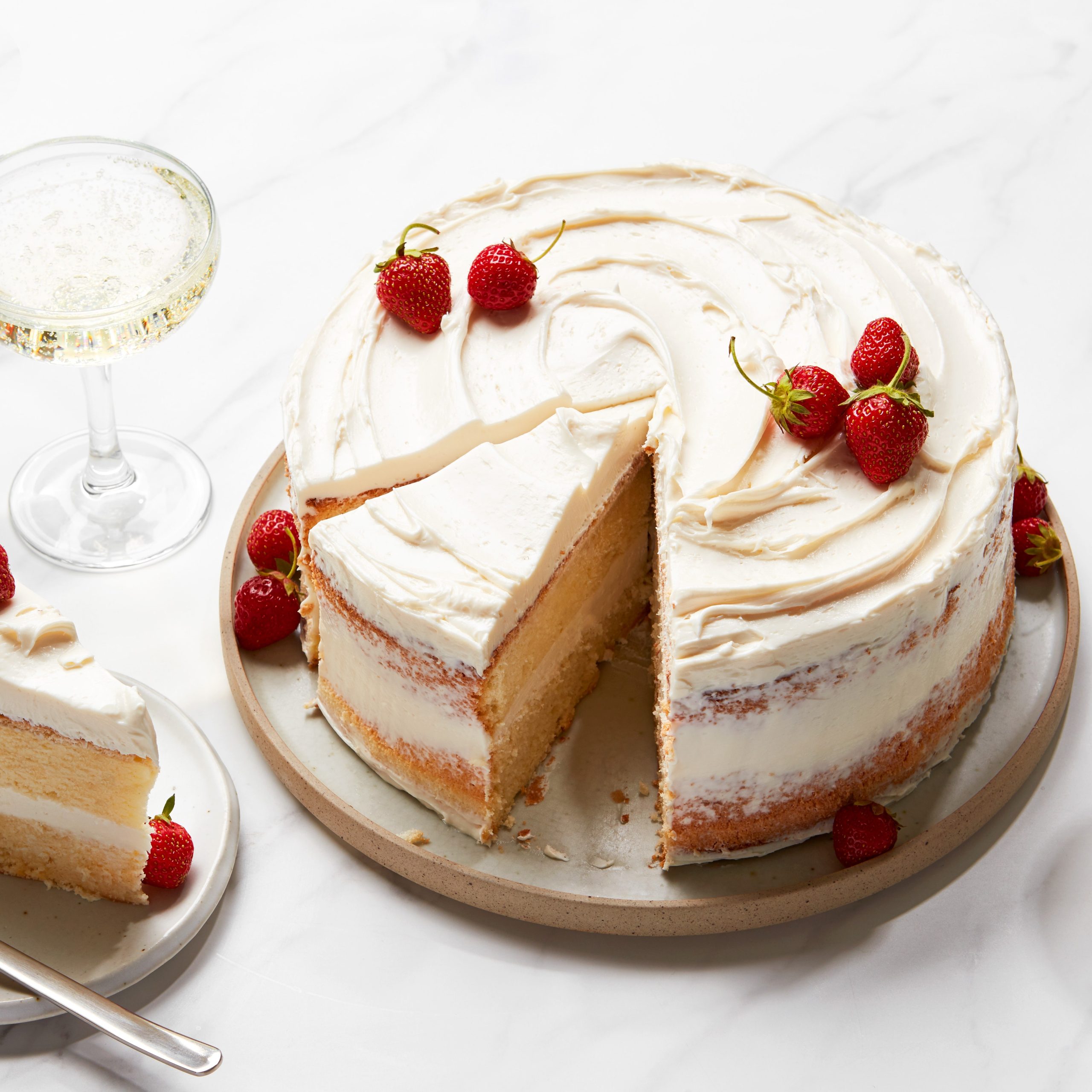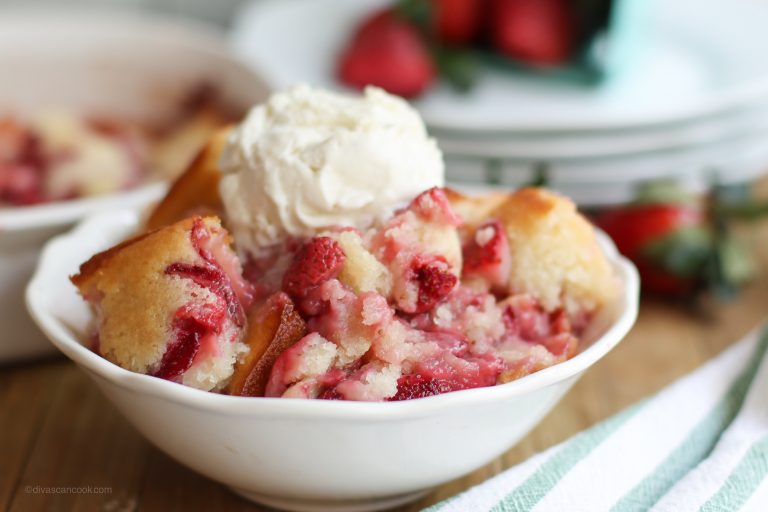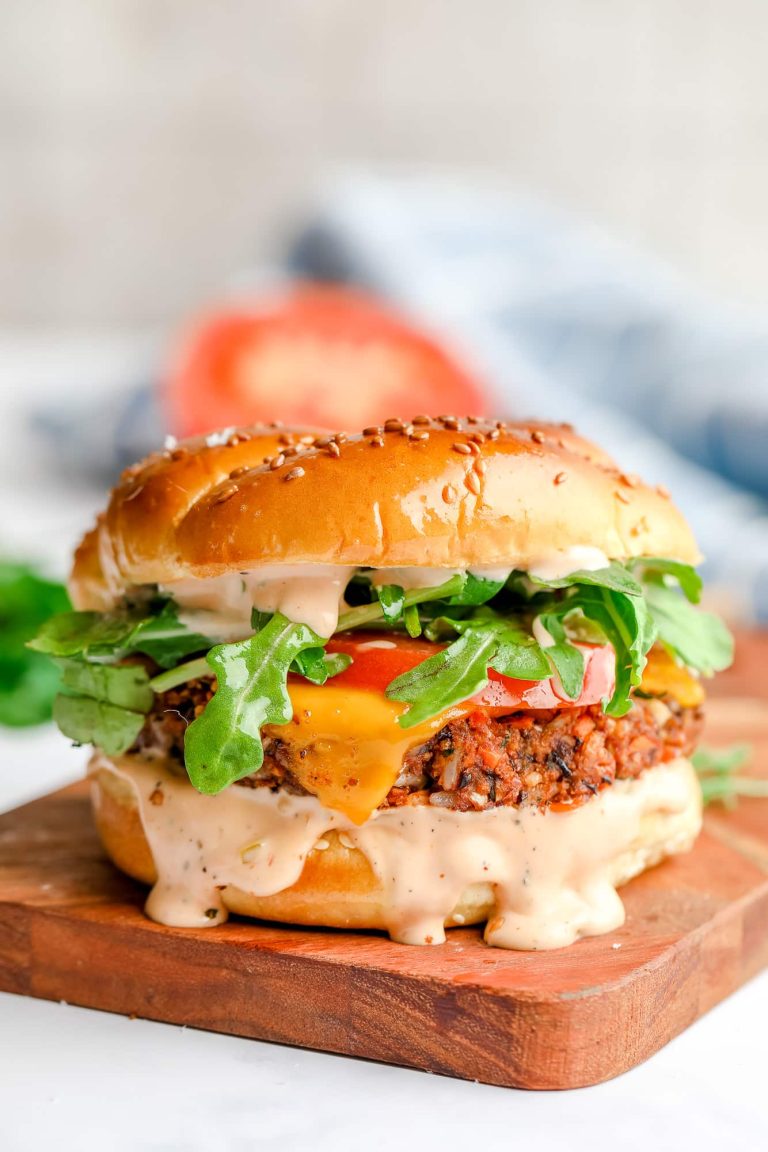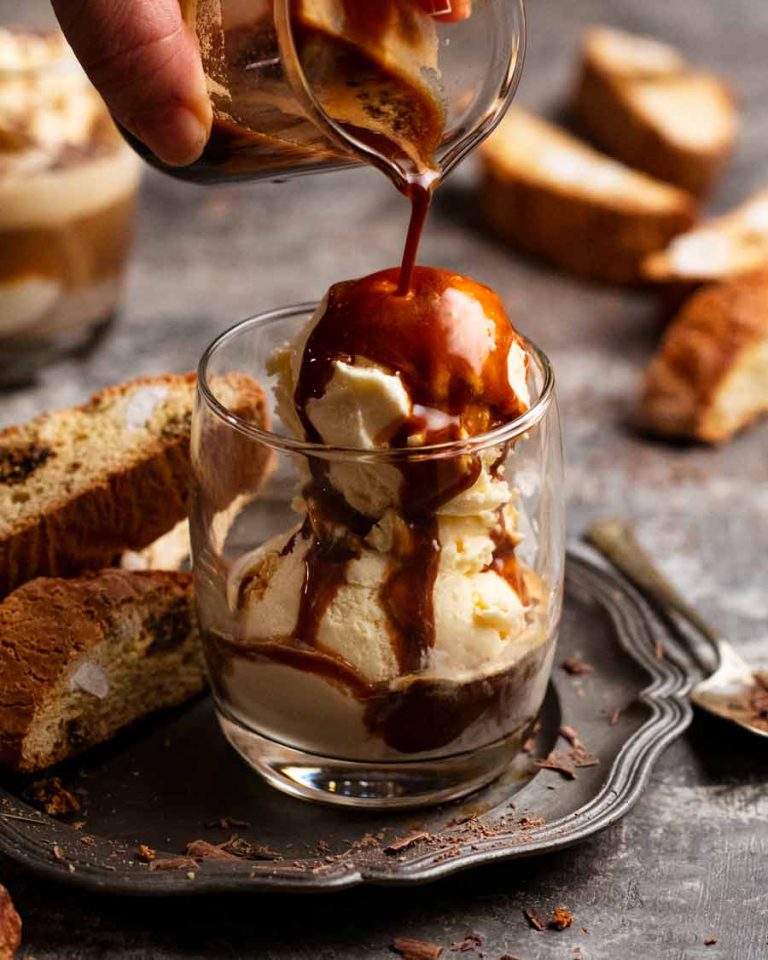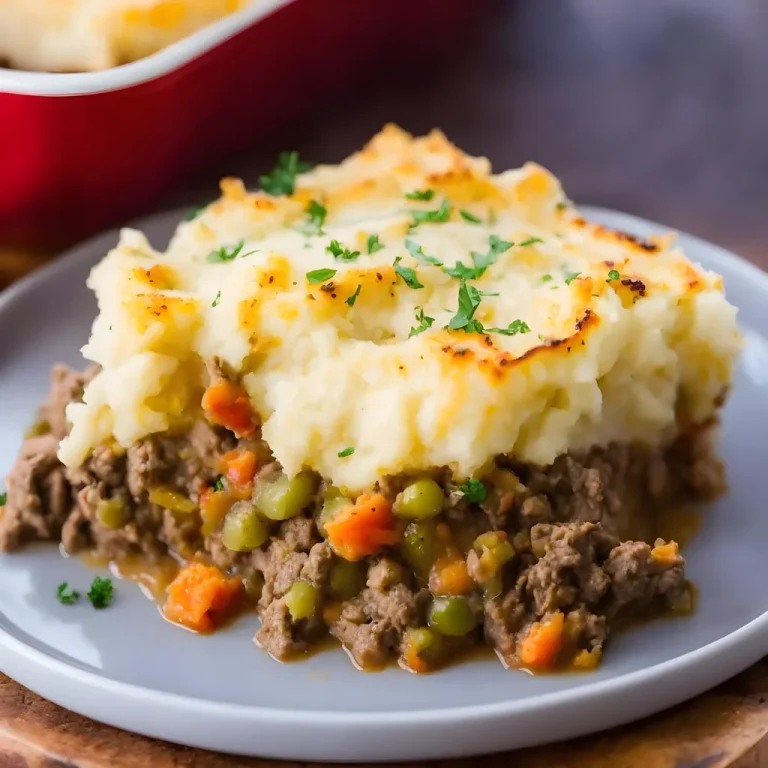Chiffon Cake: Origins, Baking Tips, and Delicious Variations You Need to Try
Chiffon cake, created by insurance agent Harry Baker in 1927, emerged as a unique blend of sponge and butter cake. Baker kept the recipe secret for two decades, supplying cakes to Hollywood celebrities. In 1947, he sold the recipe to General Mills, which popularized it nationwide through Betty Crocker promotions.
Key Characteristics
Chiffon cake’s distinct texture arises from a mix of whipped egg whites and oil. The egg whites provide fluffiness, while the oil ensures moistness. This combination results in a tender yet sturdy cake that can hold intricate designs. Essential ingredients include flour, sugar, eggs, oil, and baking powder. Chiffon cake often features flavors such as vanilla, lemon, or chocolate. The cake cools upside down to maintain its structure and tall, airy form.
Ingredients and Equipment Needed
Essential Ingredients
You need several key ingredients to make a chiffon cake:
- Flour: Use cake flour for a lighter, finer crumb.
- Sugar: Granulated sugar adds sweetness and helps stabilize meringue.
- Eggs: Separate eggs since yolks and whites are used differently.
- Baking Powder: This ensures the cake rises properly.
- Oil: Any neutral oil, like vegetable oil, works to keep the cake moist.
- Liquid: Water or milk provides the necessary moisture.
- Cream of Tartar: Stabilizes egg whites when beaten.
- Flavorings: Vanilla extract or lemon zest enhances the cake’s taste.
Recommended Equipment
Using the right equipment ensures your chiffon cake rises perfectly and has the desired texture:
- Mixing Bowls: Separate bowls for wet and dry ingredients, and beaten egg whites.
- Whisk: For combining ingredients and ensuring smooth batters.
- Electric Mixer: Facilitates beating egg whites to stiff peaks.
- Sifter: Ensures flour is aerated and free of lumps.
- Chiffon Cake Pan: A tube pan with a removable bottom for even baking and easy release.
- Cooling Rack: Allows the cake to cool upside down, maintaining height and texture.
- Spatula: Helpful for folding ingredients without deflating the batter.
By having all these ingredients and equipment ready, you set yourself up for success in making a flawless chiffon cake.
Step-by-Step Baking Process
Mixing Techniques
Combine dry ingredients first to ensure even distribution. In a large mixing bowl, sift together cake flour, granulated sugar, baking powder, and salt. Create a well in the center of this mixture.
Whisk the wet ingredients separately for better incorporation. In another bowl, mix egg yolks, water, oil, and your chosen flavorings (e.g., vanilla extract). Pour this mixture into the well of the dry ingredients. Stir until the batter becomes smooth and lump-free.
Whip the egg whites to achieve the characteristic light and airy texture of chiffon cake. Use an electric mixer on medium-high speed to beat the egg whites and cream of tartar until soft peaks form. Gradually add sugar, continuing to beat until stiff peaks form; the meringue should be shiny and hold its shape.
Fold the whipped egg whites gently into the batter to maintain the airy texture. Add one-third of the whipped egg whites to the batter, mixing thoroughly to lighten it. Carefully fold in the remaining egg whites with a spatula, avoiding overmixing to preserve volume.
Baking and Cooling Tips
Preheat your oven to the correct temperature for even baking. Set your oven to 325°F (165°C), ensuring it’s adequately heated before placing the cake inside.
Use an ungreased chiffon cake pan to help the cake climb the sides for better rise. Pour the batter into the pan, smoothing the top with a spatula.
Bake until a cake tester comes out clean for perfect doneness. Bank the cake for 55 to 60 minutes. Test for doneness by inserting a wooden skewer or toothpick into the center; it should come out clean or with a few crumbs attached.
Cool the cake upside down to retain its airy structure. Once baked, invert the pan immediately onto a bottle neck or a similar object to cool. Allow it to rest for at least 90 minutes to firm up.
Release the cake from the pan with a thin knife. Slide the knife around the edges and the center tube of the pan to loosen the cake. Turn the pan over and gently tap to release the cake. Rotate the pan occasionally during cooling to ensure even airflow.
These steps ensure your chiffon cake’s perfect texture and flavor, preserving its unique qualities.
Common Mistakes and How to Avoid Them
Overmixing the Batter
Overmixing the batter can ruin chiffon cake, making it dense and heavy. To avoid this, mix just until the dry ingredients are incorporated. Stop mixing as soon as you no longer see any streaks of flour. When folding whipped egg whites into the batter, use a gentle hand. A rubber spatula is recommended for this step. When you fold the whites, do it in a circular motion, lifting from the bottom of the bowl to the top. This technique keeps the air in the batter, ensuring a light texture.
Oven Temperature Issues
Incorrect oven temperature can cause chiffon cake to collapse or bake unevenly. Always preheat your oven to the specified temperature, usually 325°F or 350°F. Adjust a kitchen thermometer if needed, to make sure the oven is accurate. Place the cake on the center rack to promote even baking. Avoid opening the oven door frequently, as this causes the temperature to fluctuate. Bake until a tester comes out clean, then cool the cake upside down to maintain its airy structure.
Variations of Chiffon Cake
Flavor Variations
Chiffon cakes come in multiple flavors, providing diverse tasting experiences. Popular flavor options include vanilla, chocolate, lemon, coffee, and orange. For instance, vanilla chiffon cake blends vanilla extract and sometimes vanilla bean seeds into the batter. Chocolate chiffon cake incorporates cocoa powder or melted chocolate for a rich and moist texture. Lemon chiffon cake uses fresh lemon juice and zest to provide a tangy and refreshing taste. Coffee chiffon cake, which includes brewed coffee or espresso powder, offers a hint of bitterness that pairs well with sweet toppings. Orange chiffon cake introduces orange zest and juice for a citrusy burst of flavor.
Decorative Ideas
Decorating chiffon cakes can enhance their visual appeal. Common decoration methods involve dusting the top with powdered sugar or cocoa powder. Frosting options such as whipped cream, buttercream, or ganache create a luscious exterior. Fresh fruits, edible flowers, and chocolate shavings add elegance and color to the presentation. Another technique involves adding layers of fruit preserves or flavored creams between the cake layers for added complexity. Lastly, to create intricate designs, using piping bags and cake stencils can help you achieve professional-looking finishes.
Conclusion
Chiffon cake stands out as a versatile and delightful dessert that marries the best of sponge and butter cakes. Its unique texture and flavor make it a favorite for many occasions, from casual gatherings to formal celebrations. With its simple ingredients and straightforward baking process, you can create a cake that’s both impressive and delicious. Whether you stick to classic flavors or experiment with new ones, chiffon cake offers endless possibilities for creativity. So next time you’re in the mood for baking, consider giving chiffon cake a try. Its light, airy texture and rich taste are sure to impress your family and friends.
